Massage Therapy for Combat Arts Workout Recovery
The physiological and psychological healing aspects of massage therapy can be profound. That is why throughout history, massage has been valued as a medicinal and therapeutic practice, with certain massage techniques discovered to be particularly effective for certain physical issues, mental problems, and chronic ailments. Historical records confirm massage as one of the earliest forms of physical therapy.
Sandra McLanahan
-Medical Director John Hopkins Medical Center-
"Massage therapy is beneficial for almost all diseases. Eighty percent of disease is stress-related, and massage reduces stress"
The art of massage has been in use for over 5,000 years. Traditional Indian Ayurvedic medical texts document massage as a sacred art as far back as 3,000 BCE. Egyptians are credited with creating reflexology as long ago as 2,500 BCE, with tomb paintings depicting the use of massage.
Martial Arts and Massage are Complementary Systems
The 3,000 year old martial art Kalaripayattu is considered the oldest known warrior art tradition in the world. It is the root form of Shaolin Kung fu. Kalari massage training is still a required element in achieving Kalaripayattu mastery today. In Kalaripayattu tradition, ‘Marma points’ are certain vital connection points of the body, or junctures where two or more types of tissue meet such as ligaments, veins, joints, and muscles.
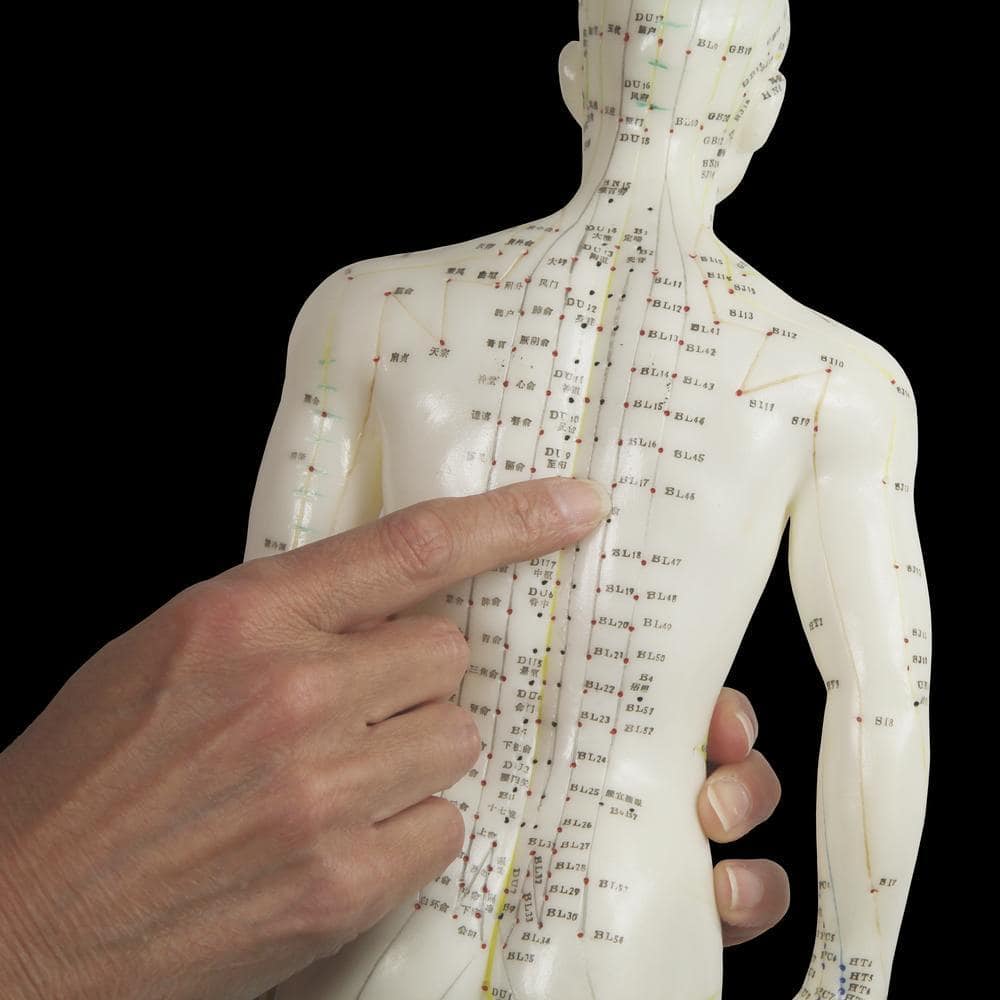
These points are ‘where the Prana (life force or chi) is present’. These Marma points are what other types of massage would call ‘trigger points,’ or shiatsu points, and may be used to heal or harm.
They are healing junctures for massage therapy, or trauma and death points for martial arts masters. They are the exact same points, however, learned and utilized by ancient martial artists and healers such as Grandmaster Wong Fei-hung, famous Cantonese martial artist, physician, and folk hero who was played by Jet Li in the film, Once Upon a Time in China.
Martial artists were typically also the local healers, trained in both healing arts and warrior arts to heal or harm, as occasion required. Other martial arts traditions, such as Danzan Ryu JuJitsu and Jen Jhi Dao Taiji Quan currently also incorporate massage as essential parts of their training.
Mind Body Connection
Martial arts and massage developed together for very clear reasons. Both require a thorough understanding of body physiology, energy pathways, and energy usage. Advanced martial arts training and massage training both require the practitioner to learn discernment of energy fields. This includes intentional focus of energy, focused application and dispersal of energy, and ability to locate energy centers.
Both expert massage therapists and expert martial artists can locate the correct spot by ‘feel.’ The martial artist and massage therapist use this ability to apply necessary force to the correct spot, with intent to incapacitate or injure for the martial artist, intent to heal and relieve pain for the massage therapist.
These martial arts training styles were intensive, and at times caused bruising, cuts, and other injuries, even to the point of breaking bones, dislocating joints, and interfering with breathing. Intense muscular exertion took its toll on the body.
The skills of massage and bone setting, making of healing herbs and oils developed together with martial arts as a necessary yin to yang aspect.
Martial arts taught the warriors combat methods, along with recovery techniques, needed when training occasionally traumatized their bodies. The warriors were taught how to heal themselves and each other, since keeping their bodies in perfect form was the only way to survive rigorous and formidable training requirements.
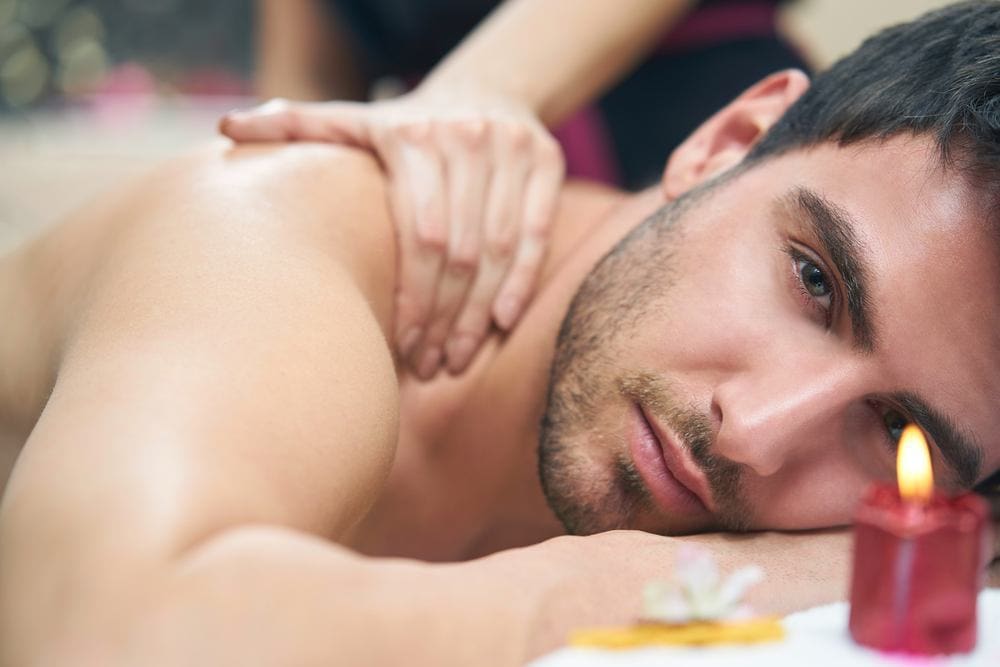
What is Massage Therapy?
Massage therapy is a type of treatment during which a trained medical professional manipulates the soft tissues of the body, including skin, muscle, tendons, ligaments, and connective tissue, by pressing, stroking, rubbing, kneading, lightly concussing, and sometimes moving and stretching the limbs and body, particularly during Thai massage.
Massage approaches and techniques may range from light stroking and kneading, to deep pressure and gently concussive actions such as karate hand chops, to complete limb ROM extension, all depending upon the type of treatment needed and/or preferred for the physical or emotional issues present.
Massage Effectiveness Proven
Research has clearly demonstrated the many benefits of massage therapy as an effective treatment for reducing stress, pain, muscle tension, and many more issues
. Massage is generally considered part of complementary and alternative medicine. However, increasingly massage is considered acceptable treatment for many physical and emotional conditions and situations, along with more standard treatments.
The Mayo Clinic prescribes massage therapy as one healing system used to help people cope with the pain and stress of cancer, fibromyalgia, stomach conditions, heart disease, or other issues .
Professional UFC Fighters Swear by Massages
” As a professional athlete, massage isn’t a luxury - it’s a necessity ”
I use massage first and foremost for recovery to complement my training, as well as to help with preventing injuries. It’s one of my favorite recovery methods because it gives my body and mind time to relax and it helps to make my muscles feel great… I just feel the difference in my training after I get a massage,” adds Mirsad. “I feel so relaxed and my muscles feel so refreshed. Sometimes my body gets hard as a rock, but after I go in for a massage my legs feel stronger, my shoulders are more mobile and my neck is a lot looser.”
~ Mirsad Bektic
UFC Featherweight Fighter
Image Source: UFC.com
Massage Researched for Over 120 Years
Massage therapy has been consistently researched for more than 120 years, with a great increase in studies performed during the last 20 years resulting in over 2,500 published research studies. Cedars Sinai Medical Center in Los Angeles is one hospital that has been studying the benefits of massage for a variety of injuries and ailments.
The University of Miami, School of Medicine’s Touch Research Institute has performed over 70 studies on the medical effectiveness of touch, and particularly the effectiveness of touch within the realm of massage therapy techniques.
These studies show that massage does not simply affect muscles and the body, massage affects the brain, and improves brain function. Results prove massage is an effective treatment for pain management, regular and migraine headaches, etc., along with being an extremely effective therapy for releasing muscle tension and restoring balance to the muscular and skeletal system .
Massage therapy is effective treatment for such diverse issues as:
Massage Therapy Reduces Inflammation
Science currently cannot explain these results and is only beginning to understand the incredibly complex healing mechanisms induced by massage therapy. A group of men was exercised to exhaustion in a study. They then received either a placebo therapy or massage therapy. The placebo showed no improvement.
The massage therapy group showed decreased production of cytokines, which are compounds that produce inflammation and pain, while the massage also stimulated cell recovery and promoted mitochondrial biogenesis, resulting in extremely shortened recovery time.
According to Crane and colleagues, massage has a similar effect as conventional drugs, such as non-steroidal anti-inflammatory drugs (NSAIDs).
This evidence provides a scientific basis for giving patients and clients the option of massage therapy instead of conventional pharmaceutical drug therapies (e.g. NSAIDs).
“[This work] suggests that with vigorous exercise, there may be activation of muscle inflammatory pathways — we all know that if you really overdo it with a long run you will be aching next day — and massage may help that,” observes Briggs, who was not involved in the research. “It might be partly from the manipulation of the muscle fibers, and partly from stimulating circulation to the muscle” .
Massage Stimulates the Brain
"When you get a massage, you stimulate pressure receptors under the skin, which leads to an increase in vagal activity,” Briggs says, referring to the vagus, one of the 12 cranial nerves that emerge directly from the brain. Massage therapy creates a wide range of positive physical effects by inducing an increase in vagal activity. These positive changes include the lowering of heart rate, reduction of stress hormones, decreasing blood pressure, and increasing immune system function.
Benefits of Combining Martial Arts & Message
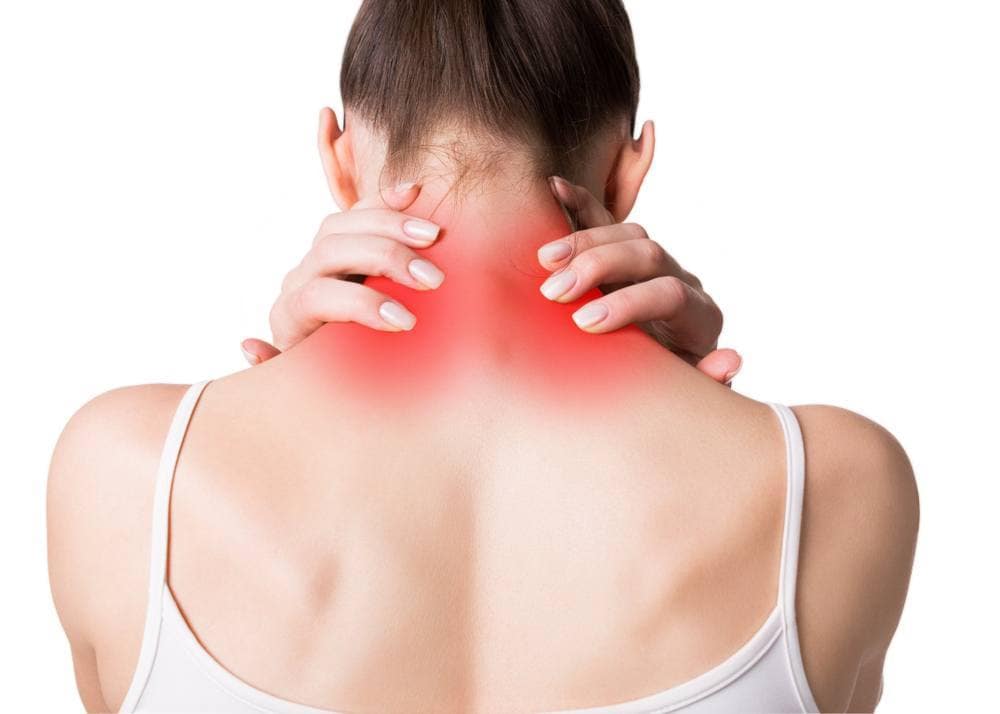
Massage prevents injury
The test results are in—and they are crystal clear. Regular massage helps athletes prevent injuries that otherwise might occur due to over-training.
Intense training leads to tightness and tension in the muscles that if not released can cause injury. Massage therapy changes this picture, releasing tension and pain, relaxing tight and sore muscles, and reducing the potential for injury .
Massage More Effective Pain Relief Than Opioids
Massage consistently showed up equal or better than pharmaceutical drugs for relieving back pain.
The beauty of that is obvious since it means no pain killer addiction threat, no brainless days unable to train, and quicker recovery time since it’s been proven by research studies that taking pharmaceutical drugs for pain significantly slows down injury healing and lengthens recovery time.
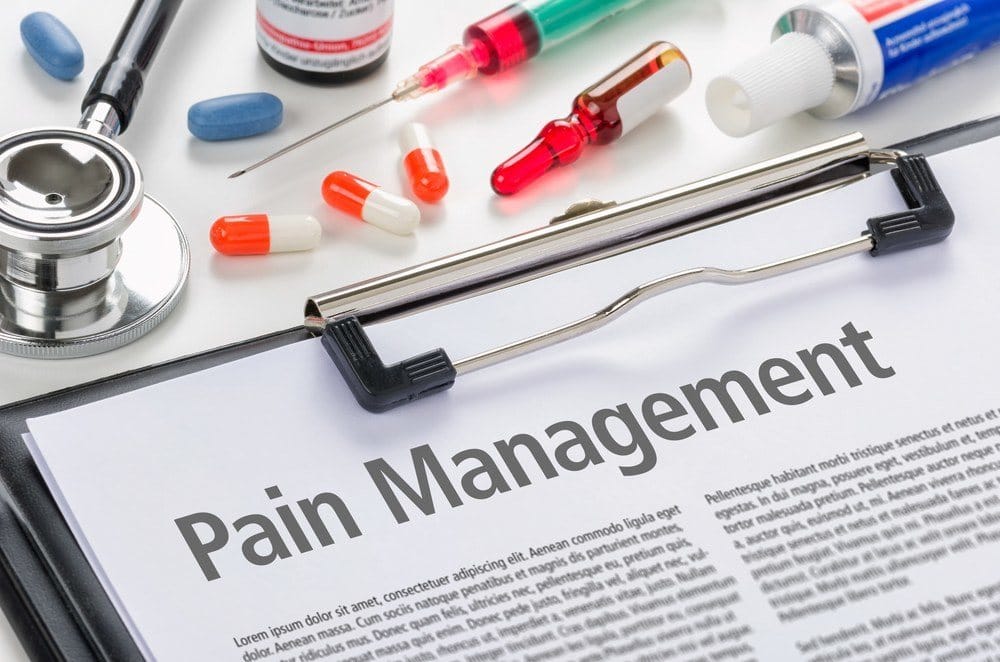
Types of Massage
There are many types of massage that will prove excellent for the martial artist, depending on what exactly is needed from the massage, The martial artist who is simply stressed out from job or home obligations, emotional issues, or driving too much, for instance, may benefit from a different massage therapy approach than the person who is recovering from a recent injury, has chronic buildup of scar tissue, or excessive knotting of muscles that are pulling alignment out of whack.
Many martial arts practitioners will require deep tissue work to release tight muscles and trigger points that are causing pain. This is especially true if training very hard, have a newly up leveled training schedule, or sparring intensively in class, or a competition. A post workout massage is an excellent way to alleviate the trauma the body experienced.
New to Massage?
Martial artists who have never or rarely visited a massage therapist need to understand that even though they may not notice or feel immediate pain or have chronic issues, their bodies are also acclimated to a certain level of pain management, simply from training hard. When they first see a massage therapist, particularly for deep tissue work, it may start releasing long held—even lifelong held—body tension that will suddenly be made ‘visible.’
The psoas is one place, for instance, that can hold physical and emotional tension deep in the body, and no pain may be felt, since long ago an adjustment was made to pain receptors around that area. The psoas (pronounced “so – az”) is the only muscle attaching the spine to the legs. This major muscle runs from the stomach to the upper thigh, and if you’ve ever felt a tightness or tension deep in the stomach area, whether from working out or intense emotional events, it was probably caused by tension held in the psoas.
This is a primary place for holding tension in the body, especially for athletes. The psoas is the core muscle of the body, primarily flexing the hip and the spinal column, and allowing fluid movements when walking, running, and kicking. Martial arts training and fighting exercises can create deeply held tension in this area. Once a massage therapist begins releasing these deeply held tensions, discomfort may be felt, and enter into the consciousness of the practitioner.
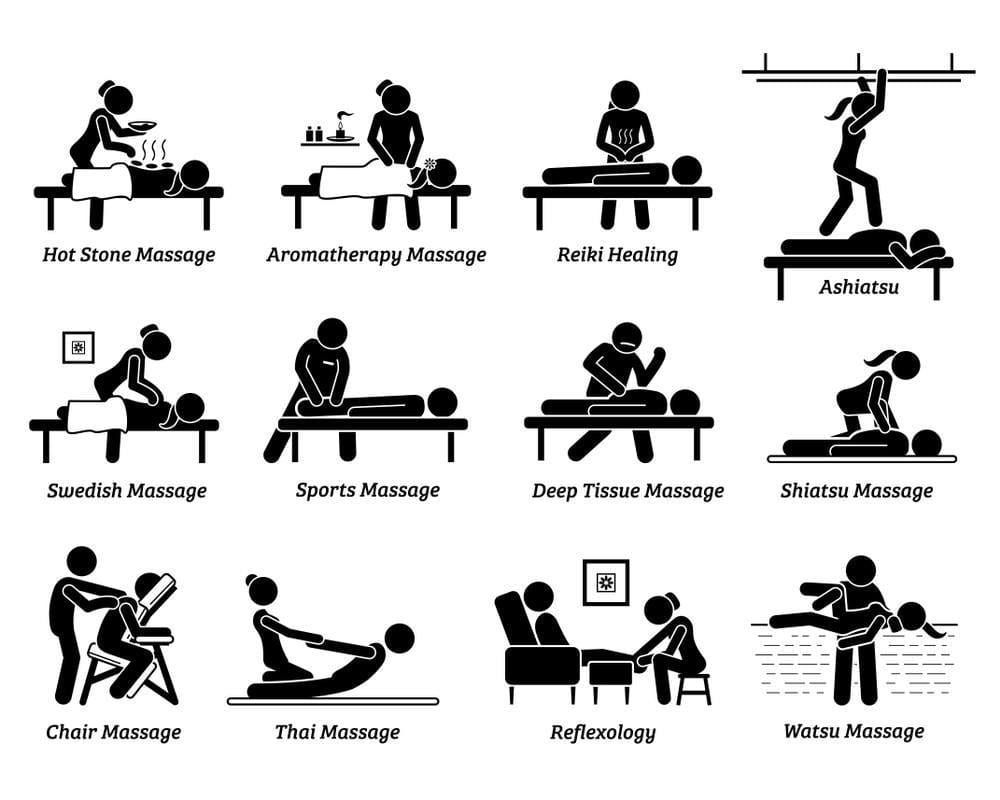
Allow for Downtime
It is best to begin massage therapy treatment sessions when there will be time off from regular duties and training, even a few hours, just in case some temporary recovery time is desired. This is especially true if getting shiatsu, trigger point, deep tissue, myotherapy or myofascial massage therapy, and most of the massage techniques including in the bottom section of this article entitled, “Eight Deep Massage Treatments for Martial Artists.”
Do Not Get Massage Treatments Too Close To Events
Mirsad Betic gets massage therapy treatments regularly, and absolutely swears by them, He does not get them too close to training times, events, or fights, however, since as mentioned above, occasionally treatments can access areas of deeply held tension, or create a tendency towards extreme relaxation, that will not be conducive to top fitness fight action and extreme muscle responsiveness.
One of the best massage treatments to get for basic tune up, staying loose and relaxed is Swedish massage. This massage type can be utilized a day or two before an event. Try Thai massage if increasing ROM sounds like an especially useful aspect of massage for your body. However, as mentioned above, Thai massage is included in the list of deep massage techniques, which are best utilized when downtime is available, and not too close to an event or fight.
Deep Tissue Massage For Pain and Repairing Micro Damage
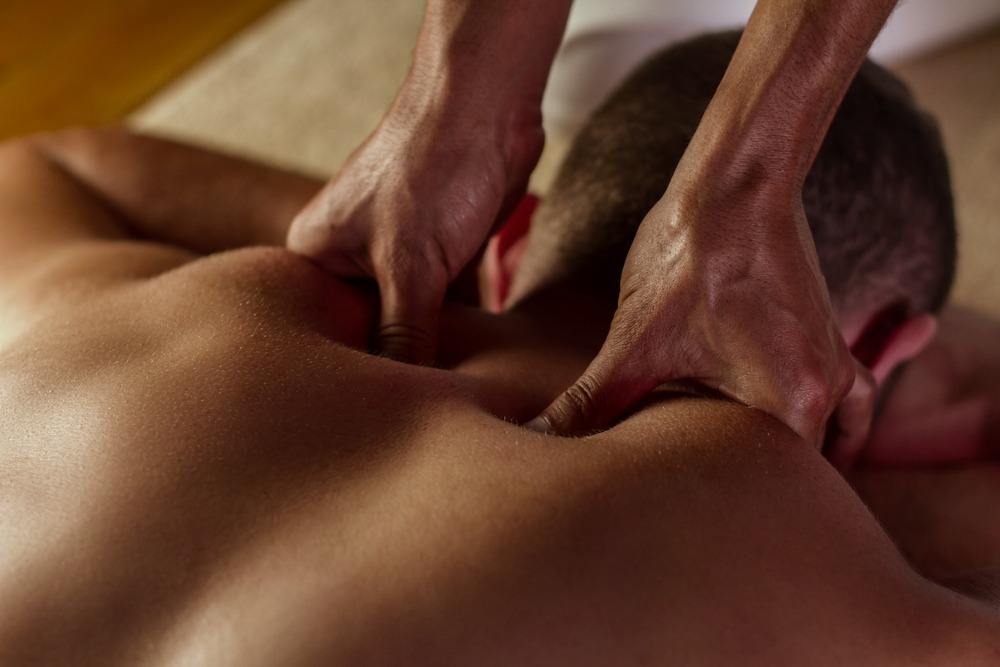
Deep tissue massage, shiatsu, trigger point, myofascial and other types of deep tissue massage are amazing for general pain relief, neck strained from a clinch, hip tightness, shoulder strain, back thrown out from being stacked, chronic knots and pain from overuse, upper vertebrae pain from being thrown, sciatica muscles and knees jacked from kicks, repairing micro-damage to stressed joints and muscles and basic all over muscle tension when it feels like every muscle in your body is tighter than a string.
Get Regular Tune-Ups
You tune up your car, oil the bicycle, recalibrate machinery, and the human body is no different in its need for regular care and maintenance. And just like that car was driven 1,000 miles a week, your body will keep going, for a while. Then parts start to break down from overuse and no care. Regular massage therapy sessions will help keep scar tissue from forming, strains from becoming worse, and pain from becoming chronic.
Massage keeps alignment strong and prevents knots from pulling muscles out of place. Pain and tension can be removed with just a few treatments to release trigger points and allow the body relief from stress. That frees the martial artist to continue momentum and training intensity. Training hard feels good. Training hard without pain or stressed joints feels great.
"Massage is so intricately connected with martial arts that Mike ‘The Hulk’ Easton said if he wasn’t fighting—he’d be a massage therapist"! Mike Easton - UFC Bantam weight MMA fighter
Sports Massage Specialist or Not
All forms of massage therapy will support the body, release problem areas, help the martial artist to train and fight better, stronger, longer, and with more intensity. However, there are massage therapists who specialize in keeping martial artists and fighters’ perfected body machinery in top condition. They know the difference between the occasional jogger, aerobics or weightlifters’ body, and the perfected, hardliner, trained-to-the-teeth martial artist and professional fighter’s body.
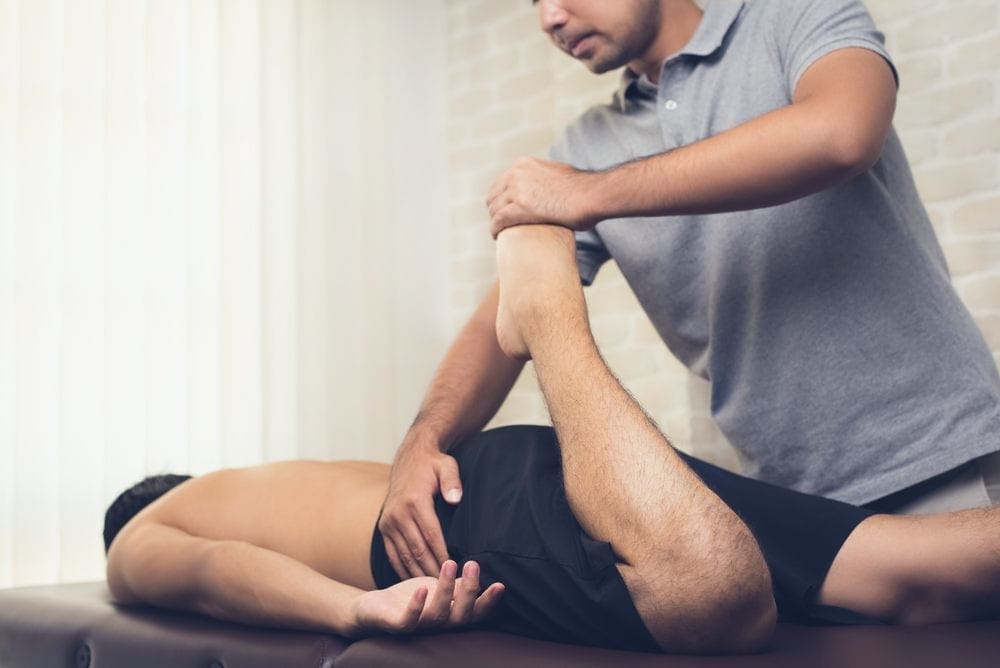
They already know why your neck is tweaked, and back twisted, although they may like hearing the story! They’ve received specialized training in handling the often times battered, strained, and bandaged MMA, UFC, and BJJ fighter.
This is one element to consider when choosing the type of massage therapist who will be perfect for your needs.
Any massage therapy is better than none, and most massage therapists will prove excellent much of the time, but a specialized sports massage therapist may be necessary at least part of the time. Mirsad Bektic goes to a massage therapist specializing in sports massage .
Massage Helps
All massage will ultimately relax the body and provide stress relief. Certain techniques, however, are not soothing during the sessions, but only afterward does the client feel more relaxed. These are more specialized techniques found in the next section and are perfect for over-trained muscles and deep trigger point release. For those times when simple, easy and soothing touch is what’s needed, try one of these six techniques listed below.
When craving a soothing and relaxing massage that lets the mind float off into ‘love it!’ land, one of these smooth, mellow massage styles listed will happily turn your body and mind into mush. Particularly Swedish massage, which is the most common type of massage therapy, is designed to relax, uplift, increase circulation, and make the body feel good. It is considered the “classic massage.” Always feel free to request stronger or lighter pressure, harder or less hard movements from your therapist during sessions.
Six Massage Techniques For Relaxation and Stress Relief
Swedish Massage
Swedish massage is perhaps the most popular type of massage therapy. Swedish is a gentle, relaxation-focused form of massage that is ideal for easing superficial tension, relaxing the body, increasing circulation, and calming the mind. Swedish massage makes you feel cared for and good.
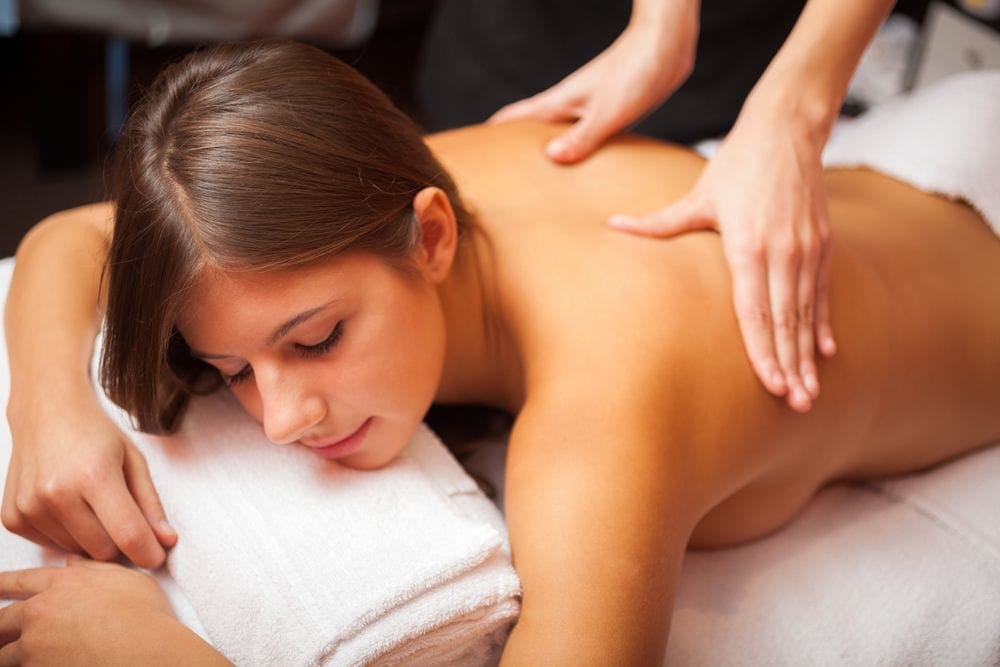
Therapists use strong or soft stroking and kneading of the muscles, long, gliding strokes, deep circular movements, tapping, friction, and vibration/shaking. Oil is applied to minimize friction and enhance circulation to stressed muscles.
Swedish massage speeds the process of restoring the body to its peak performance. Try it especially if you're new to massage or you're looking to relieve light to moderate tension in your neck, back, and shoulders with a classic chair massage, or all over your body, with a full massage session.
Hot Stone Massage
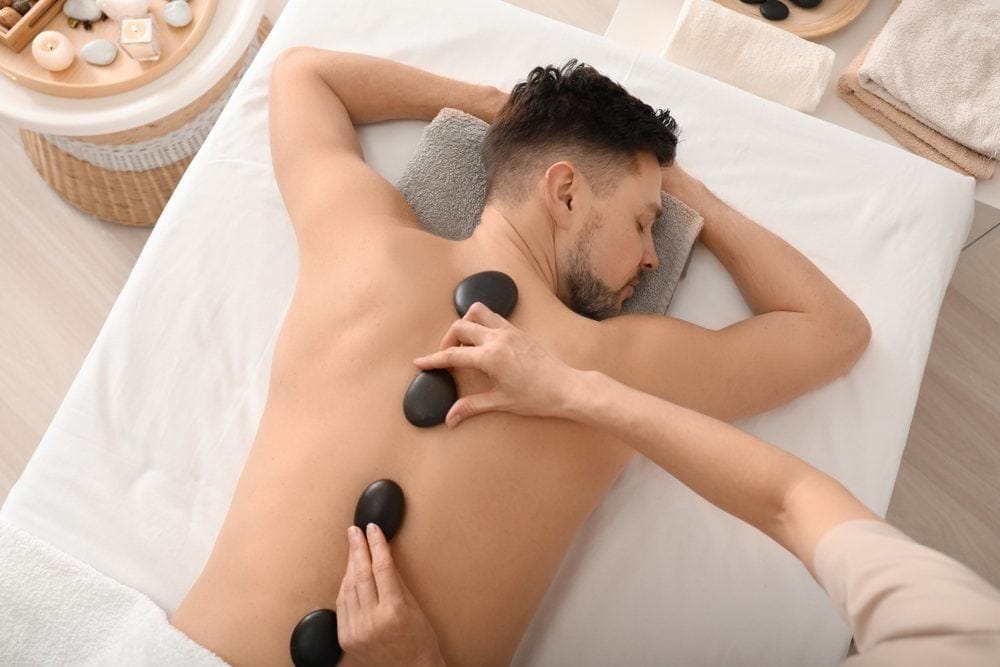
Is a form of Swedish massage but uses hot stones during the massage to improve blood flow, release knots, and facilitate relaxation. One word of warning, these stones can be fairly hot. During the hot stone massage, your body is weighted down with hot, smooth stones placed carefully on particular points. The massage therapist uses heated basalt stones on the back to help melt and ease tighter areas and uses the hot stones to massage your body along with their hands to work out stubborn knots with regular hands-on techniques.
The hot rocks feel like incredibly smooth satin, but they can be quite hot, heating muscle knots and trigger points sometimes almost to the point of pain, then suddenly cooling down, leaving sore muscles relaxed and pliable. A hot stone massage is quite invigorating, too, since the deep heat keeps the client focused on the moment rather than drifting off. The combination of heat, rubbing, and interesting sensations really helps relieve tension and is worth trying especially if you suffer from chronic knots and tight spots, and enjoy therapeutic heat.
Lymphatic Massage
Lymphatic massage is a therapeutic touch technique excellent for gently stimulating the body’s lymphatic system and facilitating the detoxification of the body. Lymphatic massage was founded by two Danish doctors, Emi and Estrid Vodder, and is popular in Europe, assisting with stress, circulatory problems, soreness, pain, mental fatigue, lymphatic drainage, and sinus problems.
This massage style is very effective for reducing swelling brought on by injury, surgery, allergens, or edema.
Lymphatic massage uses easy, gentle, light, repetitive strokes to help muscle cells contract the walls of lymph vessels, which presses lymphatic fluid through the vessels, lymph nodes, and the rest of the body. Lymphatic massage is one of the lightest techniques.
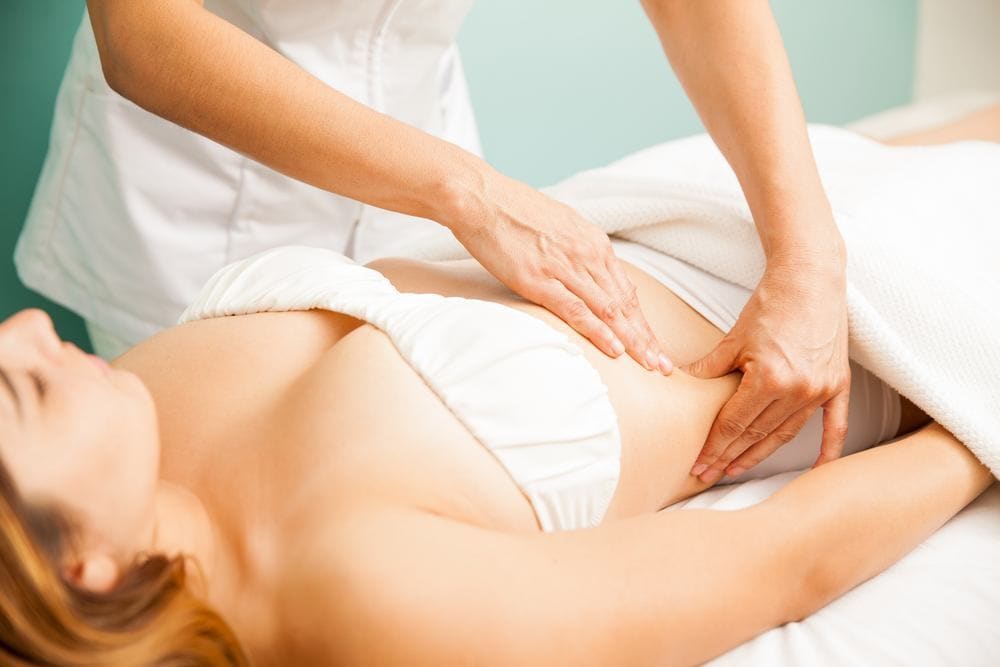
Reiki
Reiki is a form of hands-on healing touch developed in 1922 by Japanese Buddhist Mikao Usui. Reiki is a form of alternative medicine that is not exactly massaged in the traditional sense, but a healing therapy that helps the body to heal, repair, and recuperate from physical and mental trauma. Reiki helps the body regain and maintain overall equilibrium, in both mind and body. It is an exceptional tool for those who deal with a lot of stress.
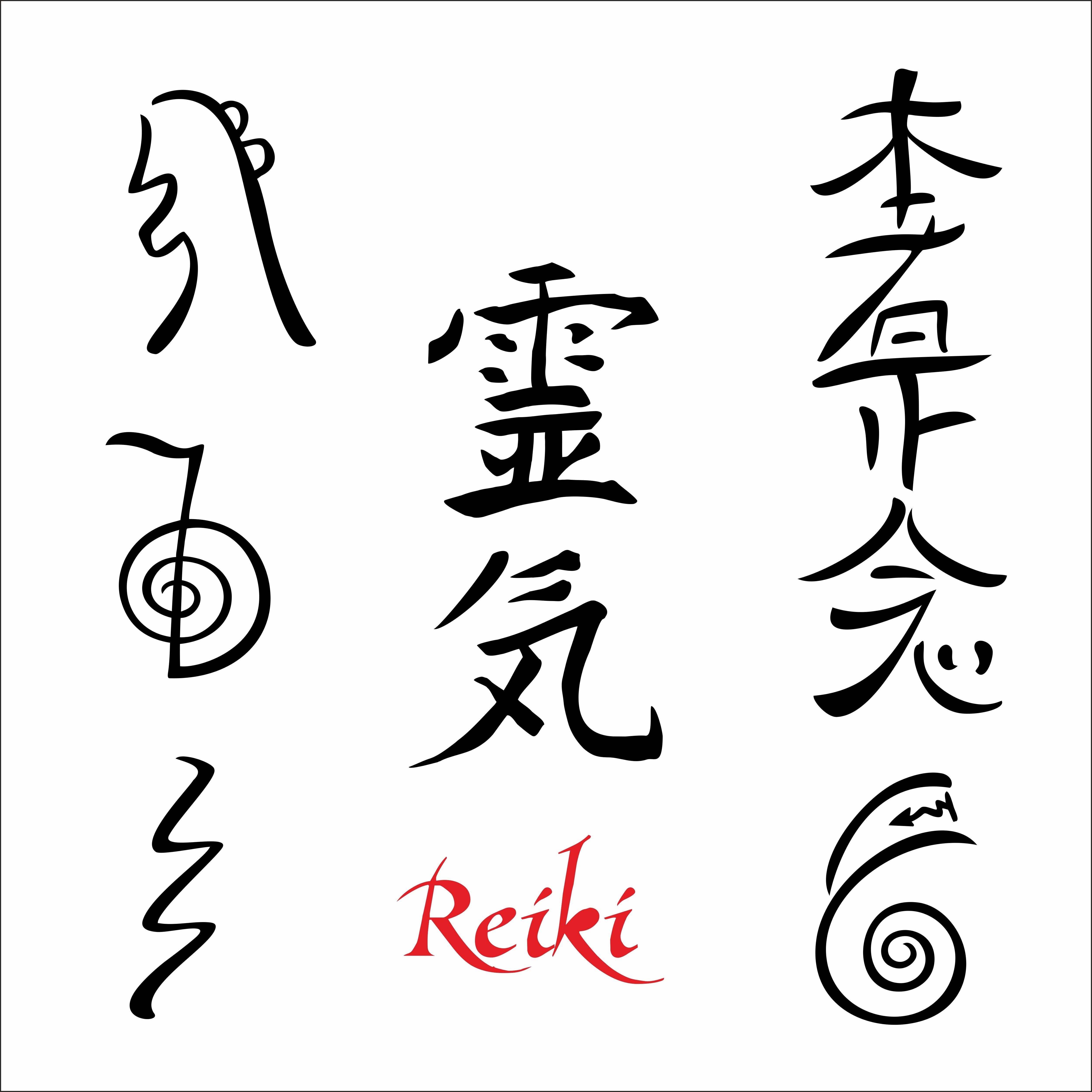
Reiki has been proven to be a noninvasive, versatile and powerful healing tool using applied energy, easy to use and learn. It is a form of energy work where the practitioner places their hands in a series of holding positions that relate to the vital organs and nerve plexus. The word Reiki comes from the Japanese word (Rei) which means “Universal Life,” and (Ki) which means “Energy.
Traditional Japanese Reiki relies on intuitive hand movements, whereas Western Reiki has systemized hand placements. It is best for releasing very tense muscles, ‘centering,’ relaxation, pain relief, mental, physical and emotional trauma relief.
Chair Massage
If you’ve ever watched someone getting a chair massage in a market or other public place, you almost relax just watching them. Chair massage can be a wonderful introduction to massage for the sore martial arts massage newbie. Often people who have never experienced a massage will feel nervous, even uncomfortable, at the idea of being touched by a stranger, and doubly so if it’s in a public place.
A chair massage is a perfect place to start for newbies. It’s easy to sit in a chair that completely supports the body and head, while safely experiencing a neck, shoulders, and/or back massage—with clothes on.
Downside is it can be a little distracting since it’s usually done in public places. And it’s not a full body massage, so it’s not as powerful as a regular session.
Upside is they are very convenient, jump into the chair while shopping, don’t take long, and depending on the massage therapist a chair massage can deeply penetrate tense areas, releasing pain and knots in the upper body. A surprising bonus is that getting a chair massage increases general alertness.
Research has shown that adults were more alert after receiving a15-minute chair massage, plus they performed better on a series of math questions .
Foot Massage
Foot massages are a simple, easy approach to relieving tension that relaxes the entire body. Traditional Chinese medicine teaches that the feet have acupuncture, meridian and chi points relating to every part of the body. A foot massage will use acupressure on certain points in the feet that help relieve pain and stress. That is why a foot massage from a trained professional can literally melt away the pain, tension, and stress.
It is particularly powerful for martial artists who often are constantly on their feet because of training and sparring, and also for runners, dancers, and anyone who works standing on their feet all day.
Treating Pain and Specific Conditions
Traditional massages are great when just a little stress relief and relaxation are in order. Martial artists with knotted muscles, deep soreness, exhaustion, sprains or strains, new or old injuries, specific tight points of tension, kinks or pain in the spine, clicks or catches in the neck or jaw may require more extreme, powerful, deeply intense techniques designed to give greater support to the body.
Eight Deep Massage Treatments For Martial Artists
Sports Massage
Sports massage is designed for very physically active athletes whose bodies get put through massive training, whether professional level or not. It combines Swedish, shiatsu, deep tissue, along with other massage and energy techniques. These combined techniques are then applied overall, and to areas most impacted by the type of training performed. Sports massage addresses pain and soreness caused by repetitive motions involved in specific sports.
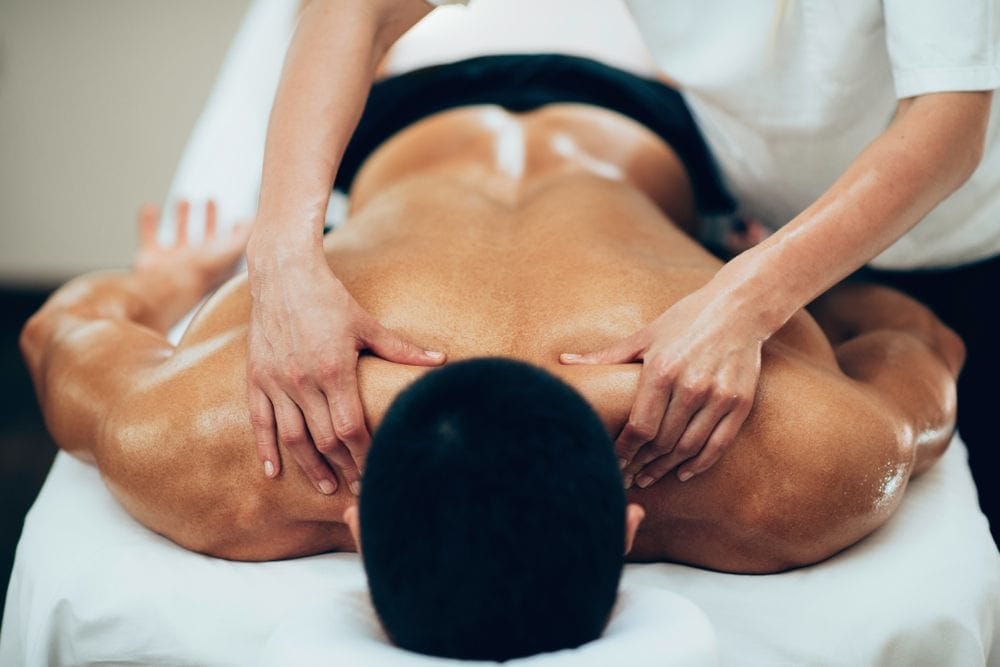
Benefits include stretching muscle tissue, better ROM, breaking down scar tissue, reducing pain, circulating blood and lymphatic fluids, relaxing overtrained and tight muscles, quicker recovery times, along with psychological effects such as reducing anxiety levels.
Martial artists and other athletes also get sports massages to ensure peak performance, prevent injury, and treat the injury.
Always tell your therapist areas needing more work, any health issues, and how the pressure feels.
Myofascial Release
The “fascia” is a thin layer of tissue that covers muscles. It can become too tight and get stuck, not allowing muscles complete relaxation, and occasionally interfering with ROM. Or years of bad alignment, car accidents or biking accidents, overtraining and thrown wrong too many times, or intense neck holds create a layer on layer of knotted muscles tight to the point of feeling like a wall. That is an injury setup waiting to happen.
Myofascial release has been used since before the 1940s, and involves a list of techniques that release muscle tension, including use of knuckles or forearm on body; sinking fingers or hand deep into soft tissue; contacting the first barrier and putting in a line of tension; removing slack in tissue; dragging fascia; and more.
One drawback to myofascial release is it can be quite painful. This isn’t always the case, but it is often described that way, depending upon how much deeply held tension has been stored in the body for years, and if neck, shoulder, lower back, psoas, or hip tissue (typical areas) have knotted, frozen, and tightened up. If so, myofascial release techniques will peel back the layers of knots and unstick frozen areas, joints, and muscles.
Once frozen areas loosen up, they can be kept open and loose. It is a powerful massage technique that really works.
Deep Tissue and Trigger Point Massage
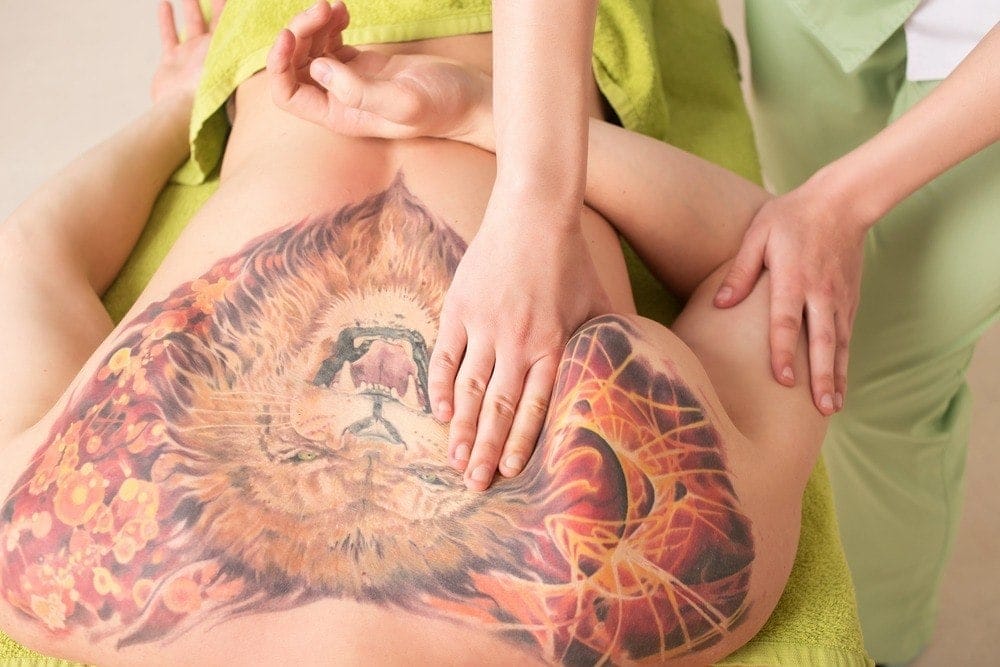
Deep tissue and trigger point massage styles overlap, but deep tissue massage addresses the entire body, while usually trigger point massage focuses in on large knots and other trigger points on the body. Both deep tissue and trigger point therapy massage utilize slow friction and deep, intense finger pressure on knotted and tight areas of the body that hold chronic muscle tension, aches, or pain. Both are excellent for the martial artist.
Deep Tissue Massage
Deep tissue massage, first of all, feels amazing for most martial artists. Often when an athlete has a lot of powerful muscle, lighter massage techniques simply cannot do justice, go deeply enough, or affect trouble areas intensely enough to release pain and create relaxation.
Deep tissue massage uses stronger, deeper, more intense kneading, pummeling, and focused pressure techniques to target the deeper layers of muscle and connective tissue than does Swedish, and is able to achieve incredible results and relieve monster tension that stays stuck with softer techniques.
Deep tissue massage applies extreme pressure onto specific painful, knotted, tight points. It can feel a little torturous at first since they are pushing right into your most painful areas and points. The massage can leave you feeling sore, drained, and tired afterward, as well, due to the cathartic release of physical, mental, and even emotional tension.
In deep tissue massage, the therapist may use knuckles and elbows to remove resistance in the knots, tight spots, and muscle tissue as far down to the bone as possible. It’s not for everyone. It can be pure heaven for the heavily muscled martial artist, however, since even as the therapist works, painful tension points release.
Those that participate in combat sports will find deep tissue massage helps heal their bodies after events. The therapist drills right down into twisted, painful areas, releasing pain, inflammation, and even old scar tissue. Athletes are much harder on their bodies than the average person, layering on more muscle as a result, requiring this type of massage, since they have very hard, dense tissue padding their bodies and bones, and thus respond better to the work.
Deep tissue massage also helps people who are undergoing physical therapy since it aids in breaking down scar tissue. Deep tissue massage is ideal for releasing chronic tension and improving ROM. The intense pressure causes problem areas to soften and release, allowing greater pliability, along with a release from pain and tension. It can be used in combination with other massage styles to balance the experience and is typically utilized in sports massage.
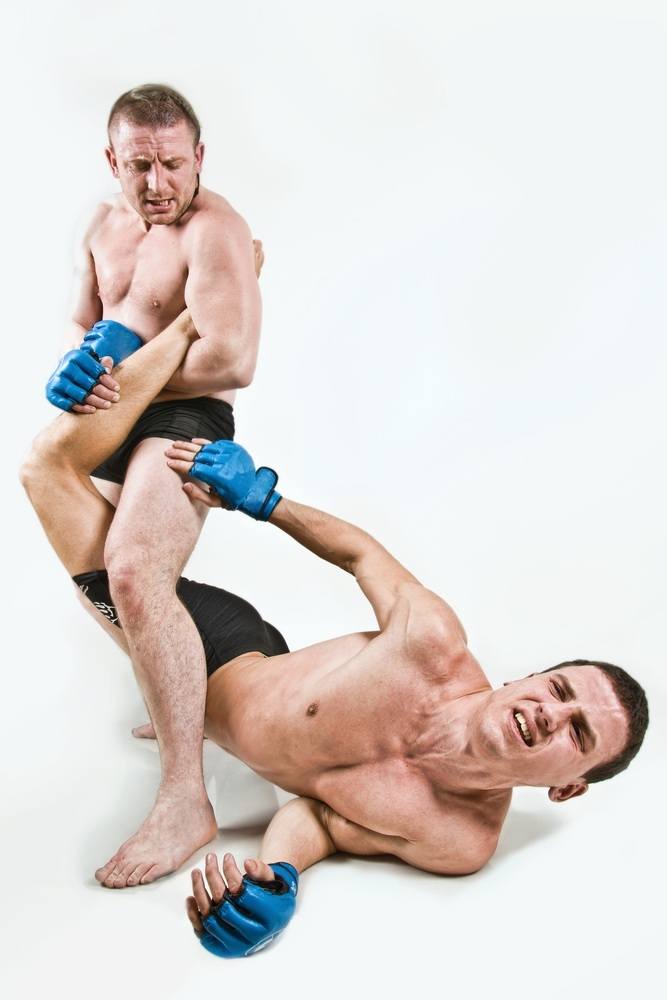
Trigger Point Massage
Trigger point massage can hurt. But, it works! It is an amazingly powerful and successful technique, especially suitable for the martial artist who has new or old injury problems and regularly gets painful trigger points from something being knocked out of alignment. Trigger point massage dispels pain located deep in the tissue and is unbeatable for times when pain or extreme tension centers in one or more particular spots.
Deep tissue massage is best for large body areas or all over body pain, tightness, or tension, while trigger point massage works best for exactly what it says: pain that radiates from a specific spot or spots, such as sciatica, rotator cuff issues, plantar fasciitis, stiff joints, painful elbow, or that spot right between the shoulder blades.
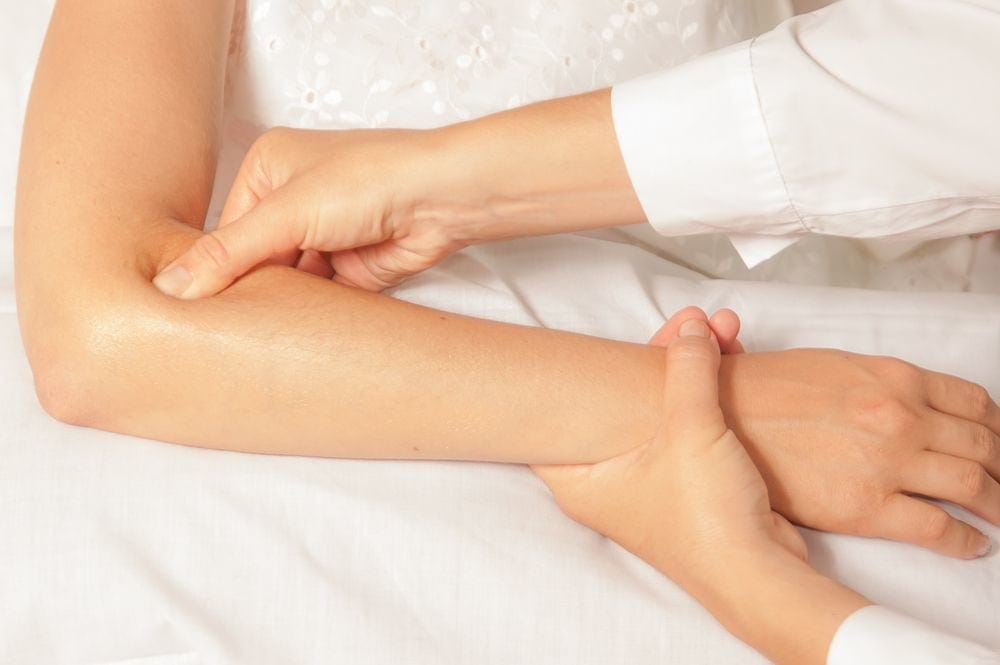
A trigger point is a painfully tight spot or area within muscle tissue that, sooner or later, causes pain in other parts of the body. A trigger point in the back, for example, may create pain in the chest or when inhaling. Or it may send pain up to the neck or shoulders. The neck or shoulders now develop their own satellite trigger point, sending tension points up into the skull, causing jaw tightness, earaches, clicking, or headaches. Trigger point pain may be sharp and intense enough to take the breath away, or a dull, quiet aching like a tight shoe.
Tight muscle fiber clusters can form when under too much stress for too long, overtraining, after fights or intense sparring sessions, or from new or old injuries. Trigger point massage applies extreme pressure right on tight muscle clusters that are creating the trigger point. This causes a release action in the muscle, providing relief from tightness, inflammation, and pain. One treatment can cause a significant decrease in pain. Regular trigger point therapy sessions can control pain and stress from chronic injuries.
Shiatsu Massage
Shiatsu is another ancient Japanese style of massage rooted in Chinese medicine. It is a healing art that uses gentle stretches with intense finger pressure or acupressure to work on different pressure points, affecting energy flow throughout the body.
The basic purpose of shiatsu is to fix imbalances and eliminate blockages that keep the body's energy force, or Qi, from flowing through the body.
Shiatsu therapists will also use other techniques besides hands, depending on what is needed to give the client relief, including elbows, knees, and even their feet, as they work out tension from the back, joints, and limbs Shiatsu calms an overactive sympathetic nervous system. The client stays clothed during the treatment which makes it very quick and convenient. Shiatsu is excellent for the martial artist because it adjusts energy and massages deeply to give powerful results for chronically tight muscles or joints, large knots at juncture points, or deep muscle tightness such as in the psoas.
It is a deeply effective type of massage for the martial artist who’s feeling a chronic tightness between the shoulder blades, in the rotator cuff, occasional pain in the elbow, large painful knots in the neck and/or shoulder areas.
Shiatsu also helps headaches, back pain, lack of energy, improves sleep, relieves nausea and vomiting, and there is even limited evidence for improvement of chronic respiratory conditions, especially COPD.
Massage Therapy Is anYONE That ASPIRES TO BE A Great Athletes
Let Us Help You With Speedy Recovery Techniques
Thai Massage
Thai massage was originated in Thailand by Shivago Komarpaj approximately 2,500 years ago and has been influenced by the traditional medicine systems of China, India, and Southeast Asia, creating a very complex and multilayered massage system that incorporates both massage and deep, invigorating stretches of the body and limbs performed by the therapist. That is why Thai massage is sometimes called “yoga massage.”
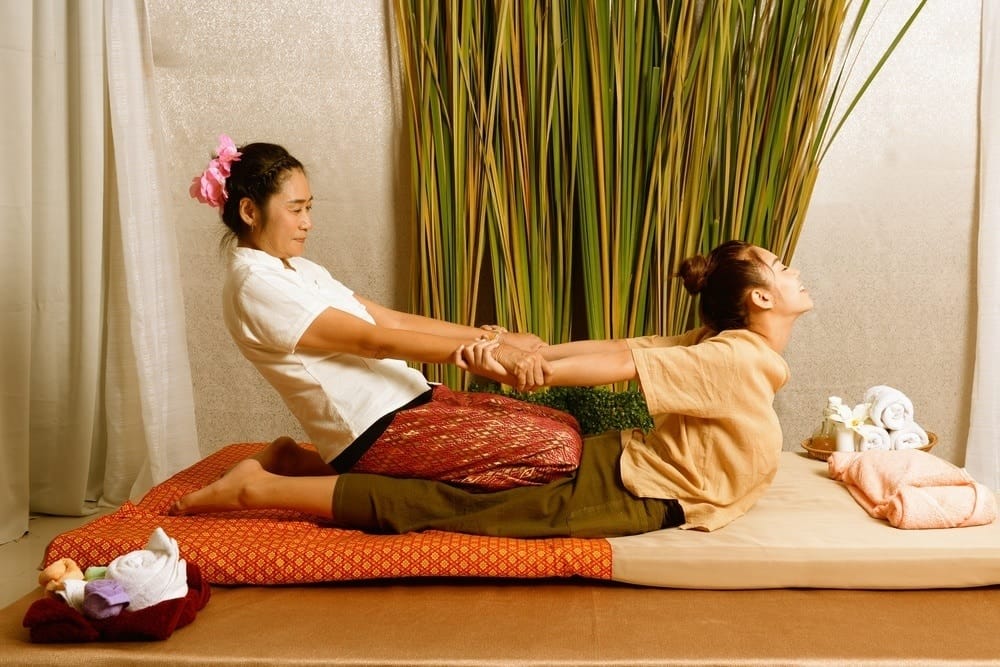
The client stays clothed and lays on a mat while the practitioner moves their body through a series of yoga-type movements, intense stretches, and rigorous manipulations. Thai massage therapists use their entire body to move and manipulate your body. They use hands, elbows, knees, legs, and feet to stretch the entire body in every way, massaging while putting pressure on muscles and loosening joints.
Thai massage includes walking on the client if needed, and it works the entire body. This is not the correct massage technique for those wanting deep relaxation and gentle, easy touch. It’s extremely energizing, however, and gives amazing results to martial artists wanting to achieve deeper stretches, and dealing with chronic stiffness, chronic or temporary tightness of muscles or joints.
Thai massage improves energy, increases flexibility, overall health, and well-being gives a greater range of motion and temporary relief from pain.
Reflexology
Reflexology is typically a foot-based therapy, although it can also be performed on the hands and ears. Reflexology is a specialized form of oriental foot massage that affects, relaxes, and relieves pain throughout the entire body even though treatment is performed on feet.
Practitioners apply pressure to stimulate precise pressure points on the feet that in traditional oriental medicine are shown to connect with certain organs, nervous system, blood production, and other bodily systems. The feet have connection points mapped out on them that relate to specific parts of the body, as do ears and hands.
These are similarly mapped as those used in acupressure and acupuncture since these places have been proven through scientific research to be locus or connection points that create healing energetic shifts when stimulated.
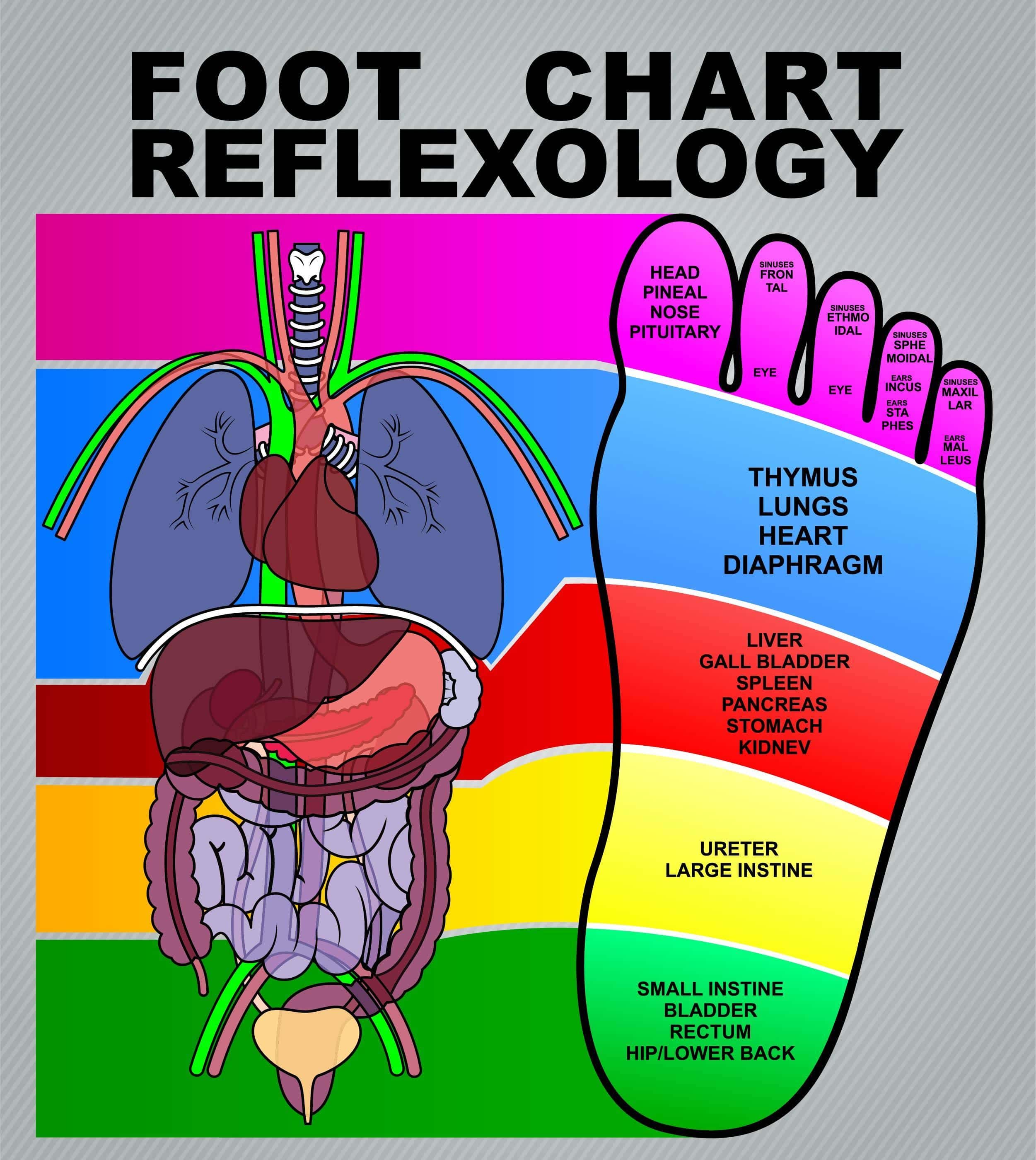
Reflexology therapy links these pressure points to the body’s various internal systems and affects positive change using finger pressure to the feet, hands, or ears.
Reflexology has been utilized for healing in the U.S. since 1913 when it was introduced by Dr. William H. Fitzgerald. Research studies have been performed to identify the effects of reflexology and foot massage on the physiology of the body. These studies have proven the existence of the meridians utilized in acupuncture and acupressure as described in traditional Chinese medicine.
Research also proves that pressure sensors in the feet are linked to the same part of the brain as the baroreceptor reflex. Reflexology utilizes these pathways and this connection to promote healing changes in the body.
Research studies have proven reflexology an efficient therapy for pain, multiple sclerosis, chronic sinusitis, diabetes 2, postoperative symptoms, pain in pediatrics/babies, migraines/headaches, cardiovascular system, increasing blood flow, kidney functioning particularly in kidney dialysis patients, anxiety, lowers blood pressure, helps with depression, and more .
